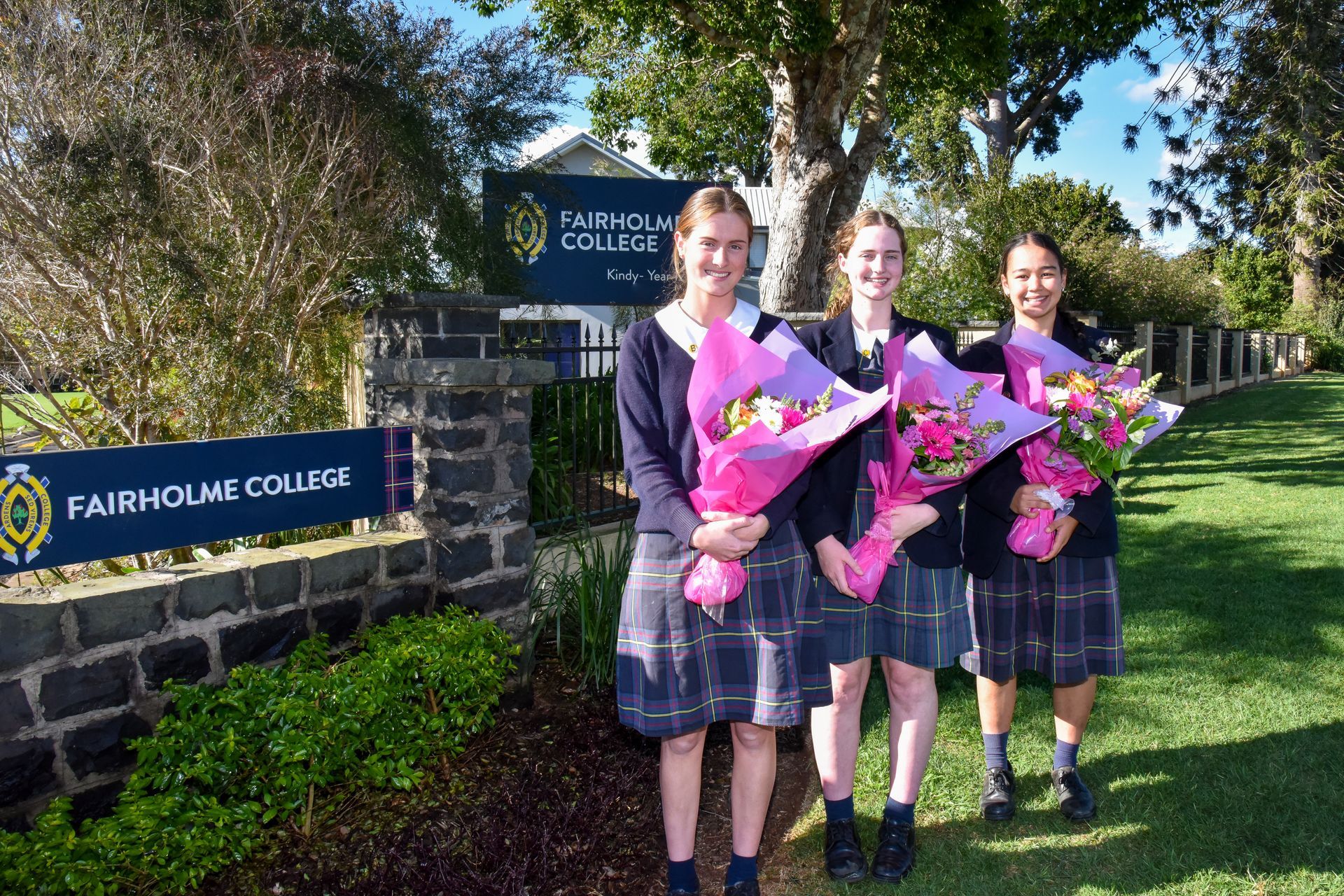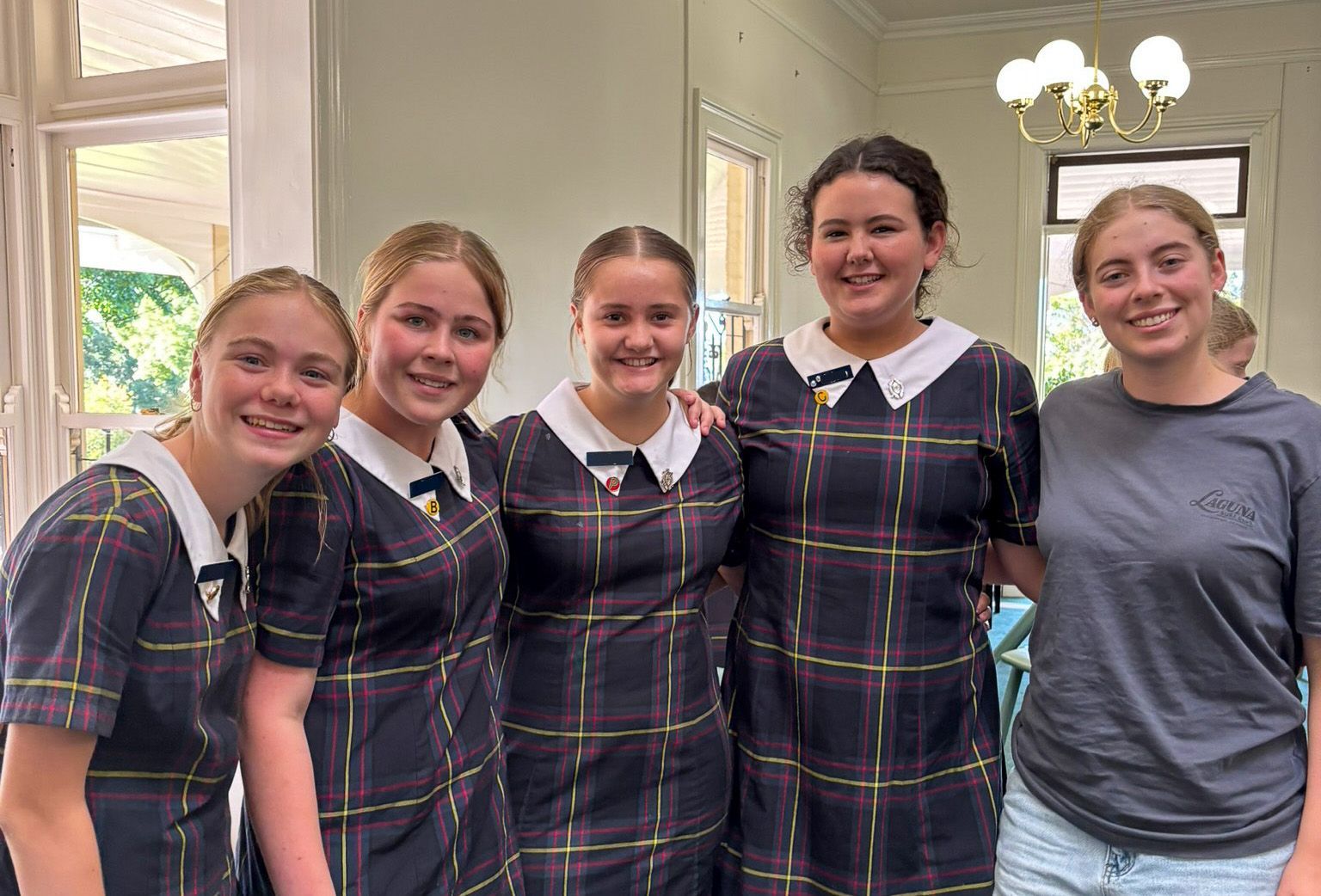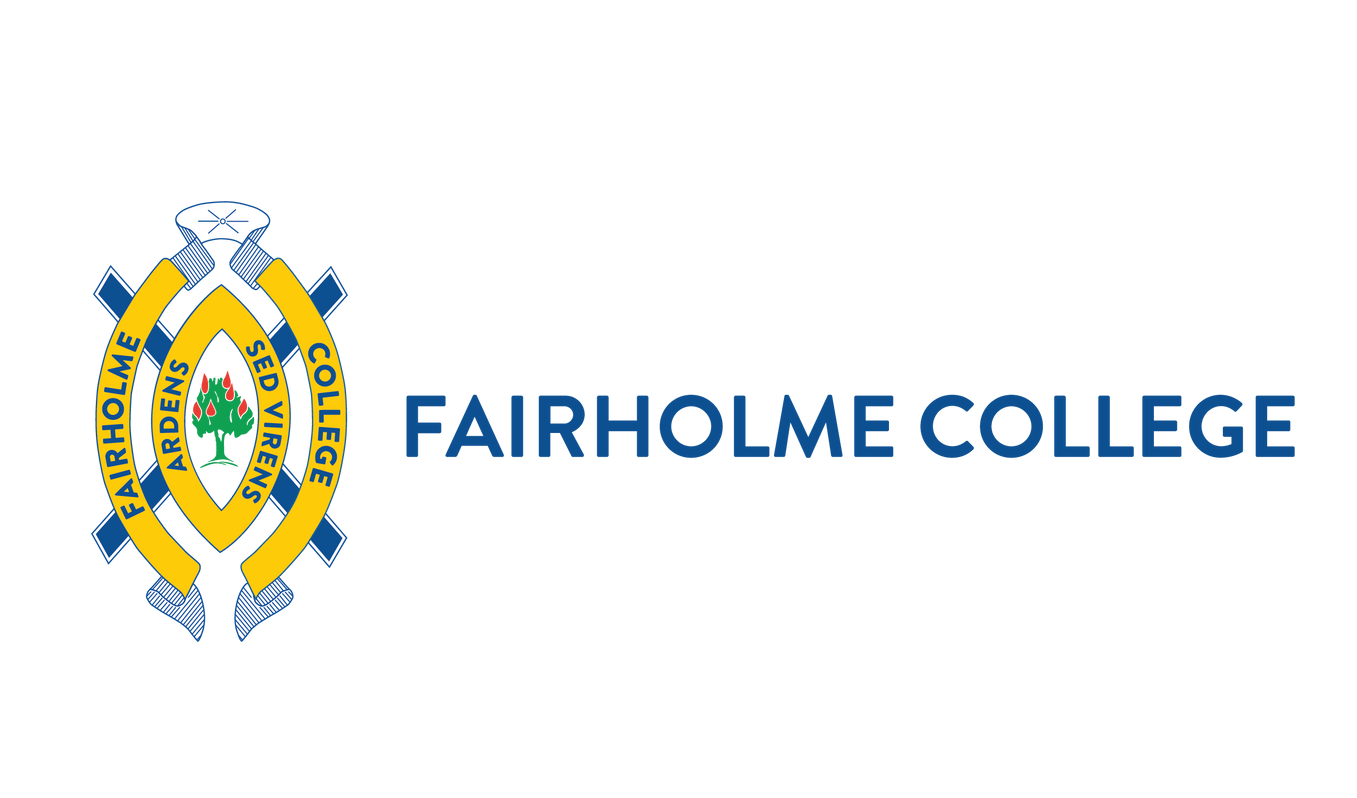The Quest For Autonomy…
My son became an adolescent almost overnight – from a thoughtful, self-sufficient and good-natured 12-year-old to an uncommunicative, distant 13-year-old – the transformation was abrupt.
During the Christmas holidays of his move to adolescence we had flown from Brisbane to Prague. By the time we landed, Mitchell had become a teenager. Our daughter, Natalie, meanwhile, older and wiser, had taken it upon herself to enter adolescence early – I think there were elements evident as a three-year-old and it was a long haul through to her 20s. Apologies for the references, Natalie and Mitchell – love you both! Welcome to adolescence: that complex, fraught and sometimes ugly passage from childhood to adulthood. It may seem a self-evident truth that one cannot become an adult without first being an adolescent. In other words, one cannot become adult without becoming autonomous.
Autonomy. Separateness. Independence. They are liberating words for an adolescent and quite frightening, at times, for adults. As parents, this quest for our children to define themselves apart from us often means a revision of the family narrative. Being forced to reimagine our children, particularly when they undergo unrecognisable change, can be confronting. Author, Rachel Cusk in her essay, ‘Coventry’, recounts occasions in which her adolescent behaviour resulted in being sent ‘to Coventry’ (aka time-out). She describes this as the occasions when her parents ‘lost control of the story and failed to control her’ (Cusk cited in Oyler, 2020). Yes, we do, at times ‘lose control of the story’, because the locus of control shifts into a new territory. Horrified, we witness the juxtaposition of an apparently confident movement toward autonomy pitted against a vulnerability to engage in risky behaviour. Parents can be simultaneously their daughter’s ‘best friends and their daily enemies’ (King, 2017, 9). Adolescents crave boundaries yet can seek to dismantle every single one, sometimes with an alarming fierceness.
Shellenbarger (2016) explains that ‘normal fears of danger are temporarily suppressed during adolescence, a shift that scientists believe is rooted in an evolutionary need to leave home and explore new habitats.’ Studies find that even when judiciously warned of the potential dangers of risky situations, adolescents fail to change their appraisal of such circumstances (Shellenbarger, 2016). Amidst an immature emotional system, the smallest event can trigger an almighty and disproportionate response (King, 2017, 1). Admittedly, this is a generalised view of the move through the teen years, and it isn’t the same experience for each child or parent.
I include a precis of Sue Shellenbarger’s description of the phases of adolescence – hopefully for your comfort, and certainly to give insight into the whys of behaviours that seem aberrant, or confusing or simply out of character. She speaks of the mystifying nature of teenage years where ‘sensible children’ can become ‘scatterbrained or have wild mood swings’; she talks of ‘formerly level-headed adolescents who ride in cars with dangerous drivers or take other foolish risks.’ Herewith, a descriptive view of researched explanations of the phases of adolescence – may they (mostly) escape you and your children!
Ages 11 to 12
As puberty takes centre stage, tweens can actually slip backward in some basic skills. Spatial learning and certain kinds of reasoning may decline at this stage, studies show. Parts of the brain responsible for prospective memory or remembering what you are supposed to do in the future, are still maturing. This may be why a teen may seem clueless if asked to give the teacher a note before school.
Ages 13 to 14
Parents should brace themselves for what is often a wildly emotional passage. Young teens become sensitive to peers’ opinions and react strongly to them. Yet the social skills they need to figure out what their peers really think won’t be fully mature for years, making this a confusing and potentially miserable time. At about this time, teens’ response to stress goes haywire, sparking more door-slamming and tears. The impact of social stress is peaking around this time.
Ages 15 to 16
Teens’ appetite for risk-taking peaks at this age, according to a 2015 study of more than 200 participants ages 8 to 27, led by researchers at Leiden University in the Netherlands. The brain’s reward receptors are blossoming, amplifying adolescents’ response to dopamine, a neurotransmitter associated with feelings of pleasure and satisfaction. This makes thrill-seeking more desirable than it will ever be again.
Normal fears of danger are temporarily suppressed during adolescence, a shift that scientists believe is rooted in an evolutionary need to leave home and explore new habitats. Studies have found that adolescents fail to change their appraisal of risky situations even after being warned that the hazards are greater than they expect.
The ability to make and keep good friends is especially useful at this stage. Teens with friends they trust and count on for support are less likely to engage in risky behaviour such as shoplifting, riding with a dangerous driver or having unprotected sex, according to a 2015 study of teens led by Dr Eva Telzer, (Assistant Professor of Psychology, University of Illinois in Champaign-Urbana). Teens who argue often with close friends are more likely to take such gambles.
Ages 17 - 18
In older teens, the parts of the prefrontal cortex responsible for judgment and decision-making typically are developed enough to serve as a brake on runaway emotions and risk-taking. Executive-function skills, such as solving problems and planning strategies, continue to develop at least through age 20, according to a 2015 study by researchers at Sheffield Hallam University, England. Social skills and related brain regions are still maturing. At this stage, teens are better at noticing how others feel and showing empathy.
*From Schellenbarger’s article, ‘What Teens Need Most From Their Parents’
So, how do we negotiate those complex aspects of movement from dependence to independence: for some, more easily than others, often for no clear or fair reason. Enjoy your children at their best – whenever and wherever that occurs. For some of us, it’s on the sideline watching their sport, or in the audience as they perform on stage, or sometimes it’s simpler than that – watching a TV show, exercising together, work in the cattle yards … but it is important that we find that shared space where the complexities of us letting go, and our teens reaching for autonomy are set aside, even briefly. Be interested in them. Value them for who they are, not who you think they ‘should be.’ There is so much to enjoy, even in the unevenness of their progression to maturity – may we always seek to raise brave [autonomous] young women, not perfect ones (Saujani, 2016).
Dr Linda Evans | Principal
References
King, M. (2017). Being 14. Hachette Australia: Australia
Miller, C. (2018). The Relentlessness of Modern Parenting. ‘The New York Times’. December 25, 2018.
Oyler, L. (2020). Rachel Cusk Questions Everything. ‘The New Republic’, February 20. 2020.
Saujani, R. (2016) Teach Girls Bravery, Not Perfection. ‘Ted Talk’. 7 March 2016.
Shellenbarger, S. (2016) What Teens Need Most From Their Parents. ‘Wall Street Journal’.
More News…

